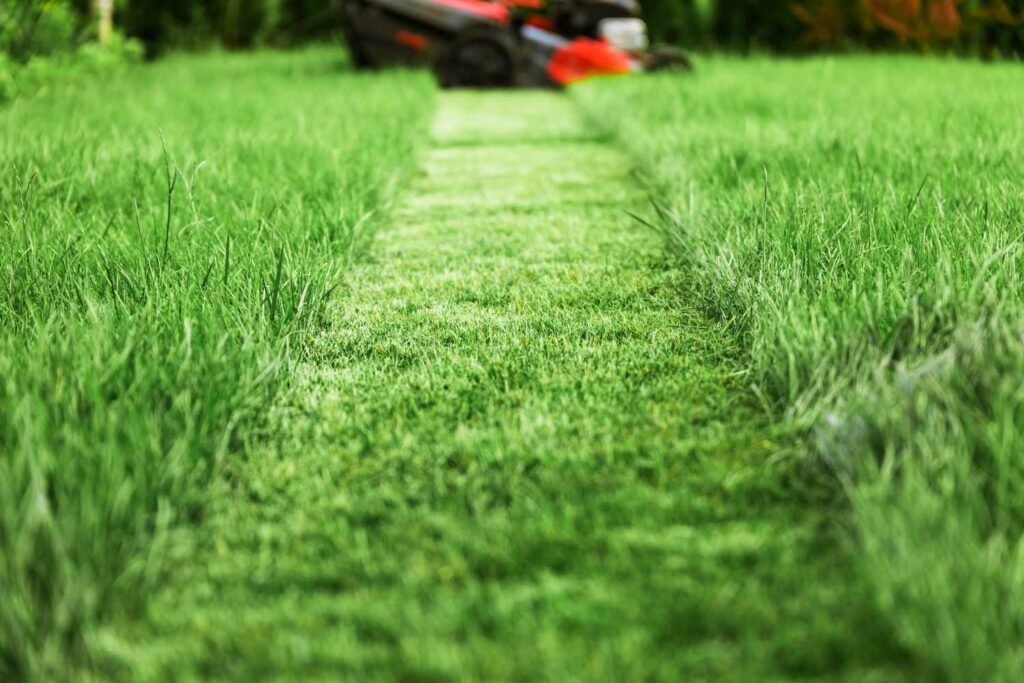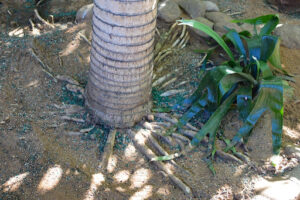
Does Grass Stop Growing After First Frost? A Guide to Understanding Dormancy in Lawns
The arrival of frost paints a crisp picture on our windowpanes, a visual announcement that summer’s warmth has surrendered to the encroaching chill of autumn. For homeowners with a keen eye, this frosty phenomenon serves as more than just a seasonal aesthetic; it’s a subtle signal from nature regarding the well-being of their lawns. But does the first frost signify a complete halt in grass growth? The answer, like many things in nature, is more nuanced than a simple yes or no.
Understanding the physiological effects of frost on grass unveils a fascinating story of adaptation and survival. When temperatures dip below freezing, the delicate balance within the grass plant is disrupted. The formation of ice crystals in the cellular fluid disrupts vital metabolic processes, essentially putting the plant into a state of suspended animation. This doesn’t necessarily equate to complete death, but rather a strategic pause to conserve energy and resources during the harshest winter months.
However, the first frost is merely the opening act in a multi-part play leading to dormancy. As colder temperatures persist, a cascade of biochemical shifts occurs within the grass plant. Sugars accumulate within cells, acting as a form of internal antifreeze, protecting cellular structures from ice damage. Additionally, the production of certain proteins increases, enhancing the plant’s tolerance to cold stress.
The type of grass you have also plays a crucial role in its response to frosty conditions. Cool-season grasses, like Kentucky bluegrass and perennial ryegrass, thrive in cooler temperatures and may exhibit some continued growth even after the first frost, particularly if daytime temperatures remain mild. In contrast, warm-season grasses, such as Bermudagrass and Zoysiagrass, are more sensitive to cold and will enter a state of true dormancy much sooner, often after the first frost.
The Nuances of Dormancy: From Quiescence to True Dormancy
It’s important to distinguish between two types of dormancy: quiescence and true dormancy. Quiescence is a temporary state where growth slows down significantly but can resume with favorable conditions. True dormancy, on the other hand, is a deeper physiological shift where growth ceases entirely, and the plant requires a specific trigger, such as prolonged cold or a period of darkness, to break free.
The first frost often serves as an indicator that dormancy is on the horizon, prompting adjustments to your lawn care routine. Mowing becomes less frequent as growth slows. However, avoid mowing when frost is present on the grass blades, as this can damage the fragile tissue.
Hydration Strategies During the Cooling Period
While growth may slow, proper hydration remains crucial throughout the cooling period. As the soil temperature drops, water uptake efficiency can decrease. Continue to water your lawn deeply but less frequently, adjusting the frequency based on rainfall and soil moisture levels.
Seed Germination and Frost: Cautious Considerations
For those planning to overseed their lawns in the fall, the arrival of frost presents a cautionary note. Seed germination requires warm soil temperatures. If a hard frost is imminent, it’s best to postpone seeding until spring when soil temperatures are more conducive to successful germination.
As the frosty embrace of winter tightens its grip, some essential practices can ensure your lawn rebounds vigorously in the spring. Proper winterization techniques, like applying a slow-release nitrogen fertilizer, nourish the root system and promote healthy growth come springtime.






